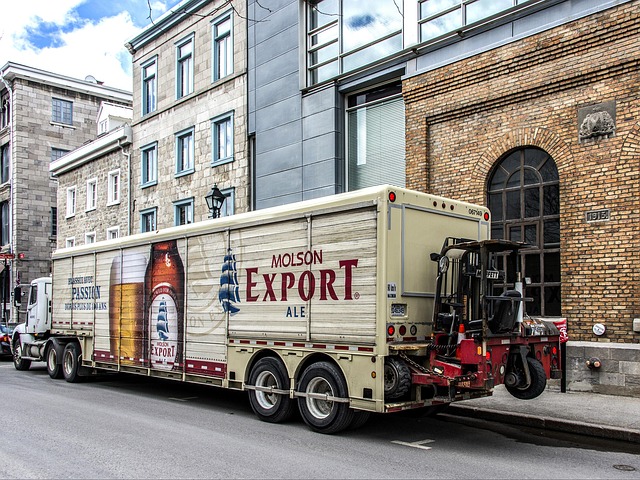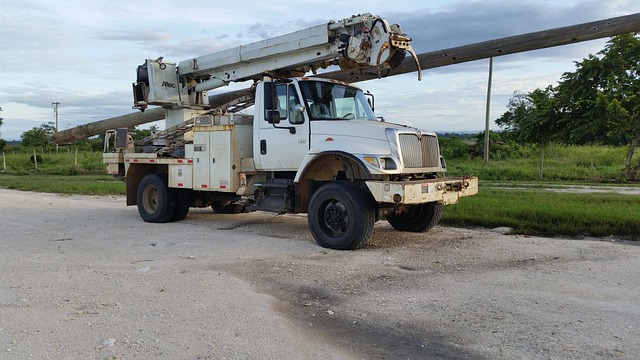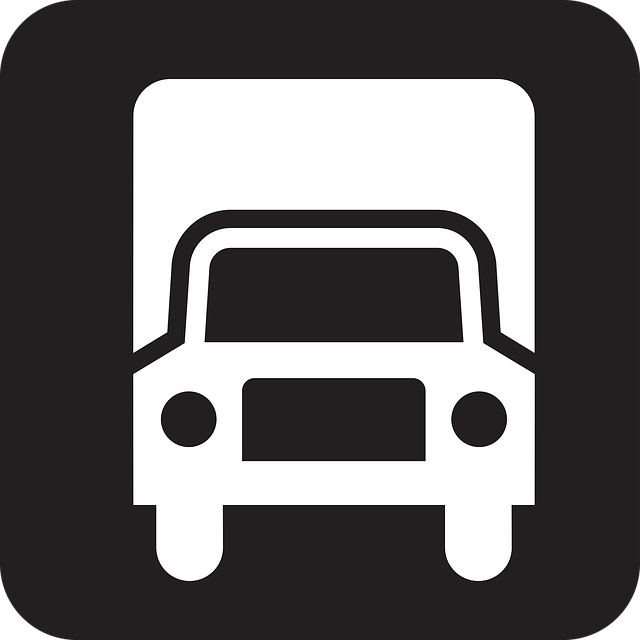Looking to register your car in California? This comprehensive guide walks you through every step, from understanding essential requirements to securing your license plate. Discover the critical role of a Vehicle Identification Number (VIN) verification at the DMV and streamline the process with our clear instructions. By following these steps—including gathering necessary documents and completing an application—you’ll be cruising California’s roads legally in no time. Don’t miss key details on fees and plates for a seamless registration experience.
- Understand California Car Registration Requirements
- Gather Necessary Documents for DMV Visit
- Perform Vehicle Identification Number (VIN) Verification
- Complete Registration Application at DMV
- Pay Registration Fees and Obtain License Plate
Understand California Car Registration Requirements

Before registering your car in California, it’s crucial to understand the state’s specific requirements. The California Department of Motor Vehicles (DMV) mandates several key steps for new and existing vehicle owners. One of the initial checks is a DMV VIN verification, ensuring that the Vehicle Identification Number (VIN) on the car matches the information in their records. This process helps prevent fraud and ensures the registration aligns with legitimate vehicles.
Additionally, when considering a mobile vin verifier or performing a mobile vin inspection, remember that these services can streamline the registration process by providing instant, on-site VIN verification. This is particularly useful for buyers and sellers to save time and avoid potential issues during the registration at the DMV.
Gather Necessary Documents for DMV Visit

Before heading to the California Department of Motor Vehicles (DMV), ensure you have all the required documents for a smooth registration process. One crucial document is the Vehicle Identification Number (VIN) verification, which can be done through a mobile vin inspection or at a DMV location. This step is essential for establishing the vehicle’s history and authenticity. Gather the following:
1. Your valid driver’s license or state-issued ID card.
2. The original title of the vehicle, if available. If not, you may need to provide proof of ownership, such as a purchase agreement signed by the previous owner(s).
3. A current insurance card or proof of financial responsibility.
4. A completed Vehicle Registration Application form, which can be found on the DMV’s official website.
5. The vehicle’s registration fees, payable by cash, check, or credit/debit card.
6. If applicable, a smog certificate or emissions test results.
Perform Vehicle Identification Number (VIN) Verification

Before you begin the registration process, it’s crucial to ensure your vehicle’s identity is verified. This involves a simple yet critical step known as DMV VIN verification. The Vehicle Identification Number (VIN) is a unique code that serves as your car’s fingerprint. By checking this number against official databases, you can confirm the vehicle’s make, model, year, and even its history of ownership.
Performing a mobile VIN verification is straightforward. Many services offer this through apps or online tools, allowing you to input your VIN and instantly receive detailed information about your car. This step ensures that you’re dealing with an authentic vehicle and helps prevent any potential fraud during the registration process at the DMV.
Complete Registration Application at DMV

To begin the registration process for your car in California, you’ll need to complete a Registration Application at the Department of Motor Vehicles (DMV). This form is your official documentation for registering your vehicle within the state. Before submitting, ensure all details are accurate and up-to-date. One crucial step in this process involves performing a DMV VIN verification, where the unique Vehicle Identification Number (VIN) of your car is cross-referenced against the agency’s records to confirm its authenticity and history.
This verification ensures that the vehicle matches the specifications on file and helps prevent fraud or unauthorized registration. For added convenience, consider utilizing a mobile VIN verification service or a mobile vin inspector app. These tools streamline the process by allowing you to complete your VIN inspection remotely, saving time and potentially expediting your registration at the DMV.
Pay Registration Fees and Obtain License Plate

After completing your vehicle’s registration application at the California DMV, the next step is to pay the registration fees. These fees vary based on the type of vehicle and its age. You can typically pay online, over the phone, or in person at a DMV field office. Once the payment is processed, you’ll receive a temporary registration permit. This permit allows you to operate your vehicle legally while waiting for your official license plates.
Before receiving your plates, you’ll need to undergo a DMV vin verification process, which can be done through a mobile vin inspection service or by visiting a local DMV office. During this step, the agency will cross-check your vehicle’s unique identification number (VIN) with their records to ensure it matches the details on your registration application. After successful verification, you’ll be issued a set of license plates that must be displayed on your vehicle at all times while driving on California roads.
Registering a car in California involves understanding specific requirements, gathering essential documents, and completing key steps like VIN verification. By following these procedures outlined in our article—from preparing necessary paperwork to paying registration fees—you’ll be well on your way to ensuring your vehicle is legally registered with the DMV. Don’t forget to conduct a proper dmv vin verification as part of the process for a seamless car registration experience.
